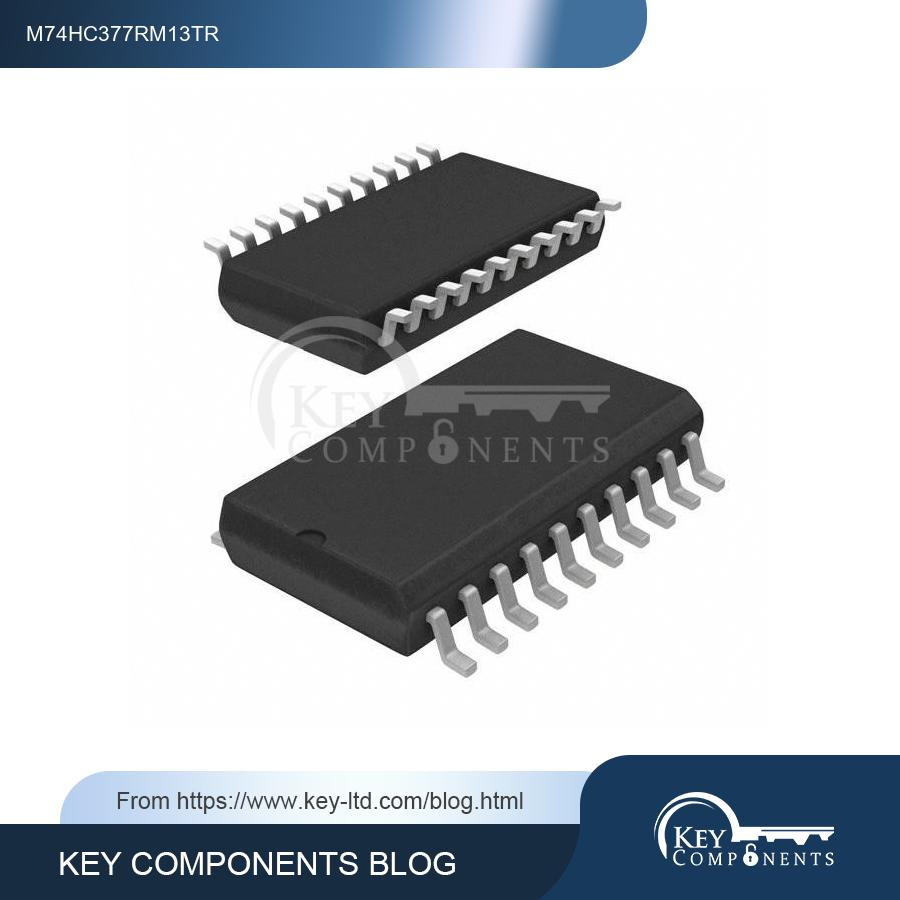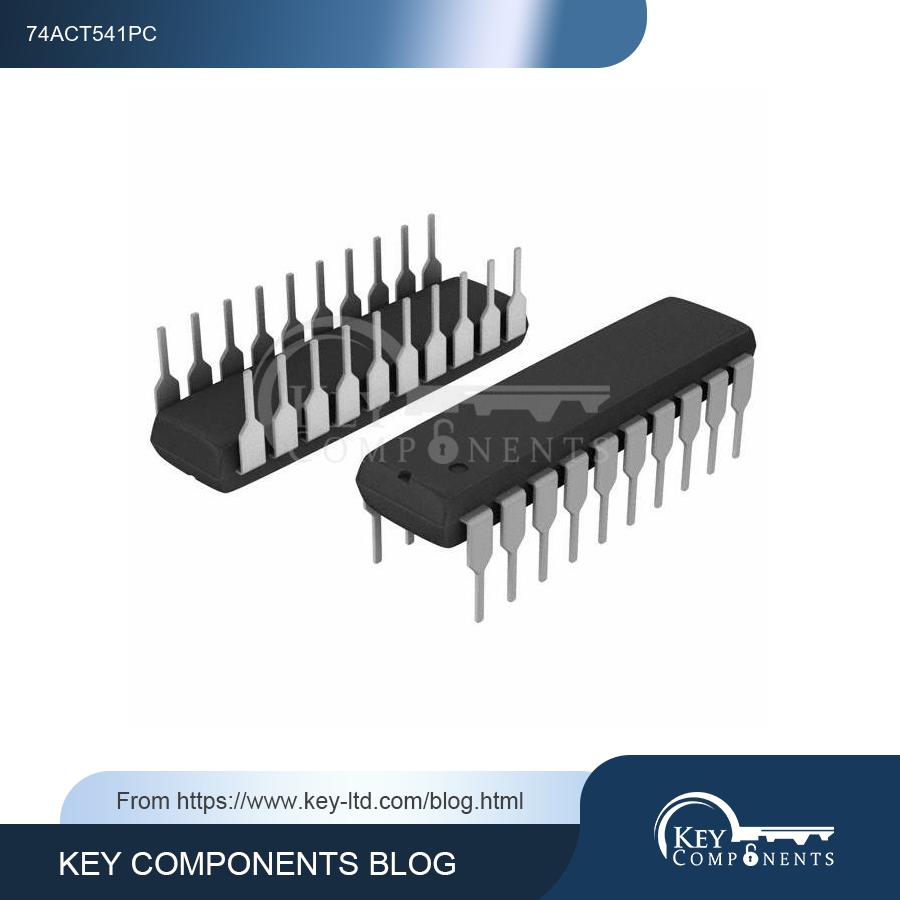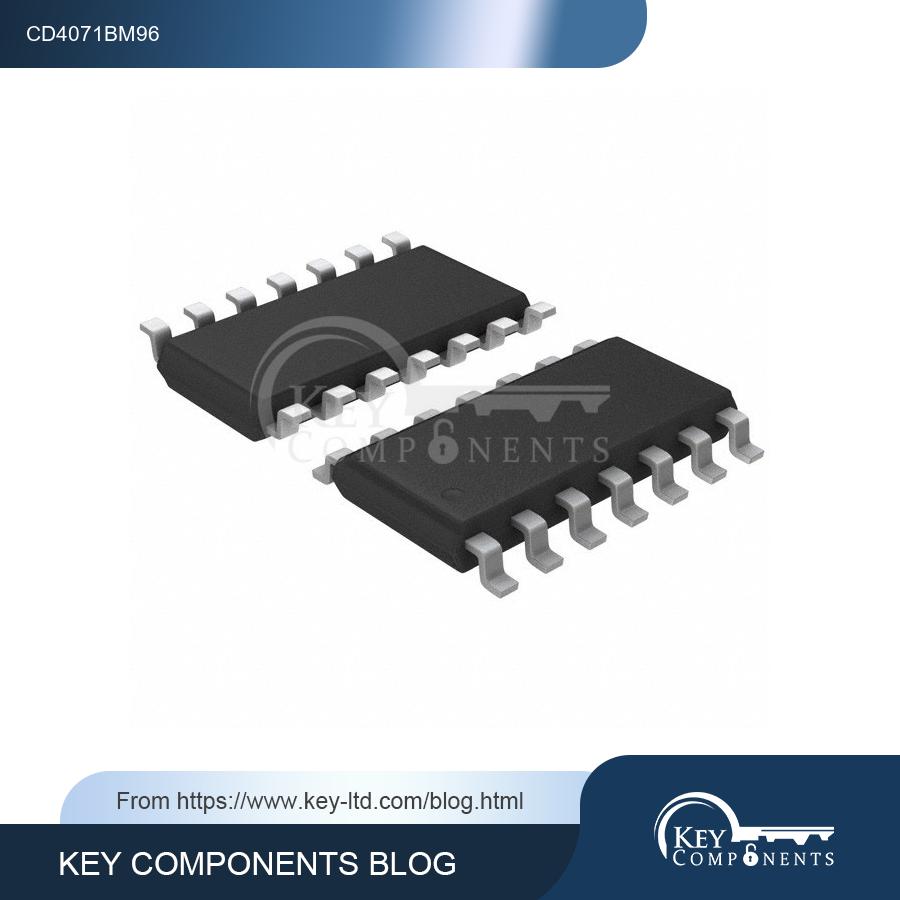This IC belongs to the 74HC series and has become obsolete. It has a clock frequency of 66MHz and can operate at a temperature range of -55°C to 125°C. This article delves deeper into the features and functions of M74HC377RM13TR and explains how it can be used in daily life.
M74HC377RM13TR has a standard D-type flip flop configuration that contains a single 8-bit element. It has a non-inverting output and can be triggered by a positive edge input signal. This IC has a maximum propagation delay of 24ns at 6V and 50pF load capacitance. It operates with a quiescent current of 4µA and has an input capacitance of 5pF. The IC can be supplied with a voltage range of 2V to 6V and has a low output level of 5.2mA and a high output level of 5.2mA.
M74HC377RM13TR is suitable for various applications that require storage of data using a clock signal. For instance, it is commonly used in digital circuits for applications that require synchronization of data transmission. In addition, it can be used in electronic products such as computers, mobile phones, and televisions to store data and enable data transfer between different circuits. The IC can also be used in various instruments and sensors that require data storage in binary form.
The obsolete status of M74HC377RM13TR has led to the introduction of newer flip flop ICs with better features and performance. However, it is still relevant for various applications and can be found in some legacy electronic products. The IC is also a replacement part in some cases where newer flip flop ICs may not be compatible with the existing hardware.

In conclusion, M74HC377RM13TR is a standard D-type single 8-bit flip flop IC that has become obsolete but is still relevant for various applications. It has a clock frequency of 66MHz, operates with a quiescent current of 4µA, and has a voltage range of 2V to 6V. The IC is suitable for data storage and transfer applications in digital circuits, electronic products, instruments, and sensors.


